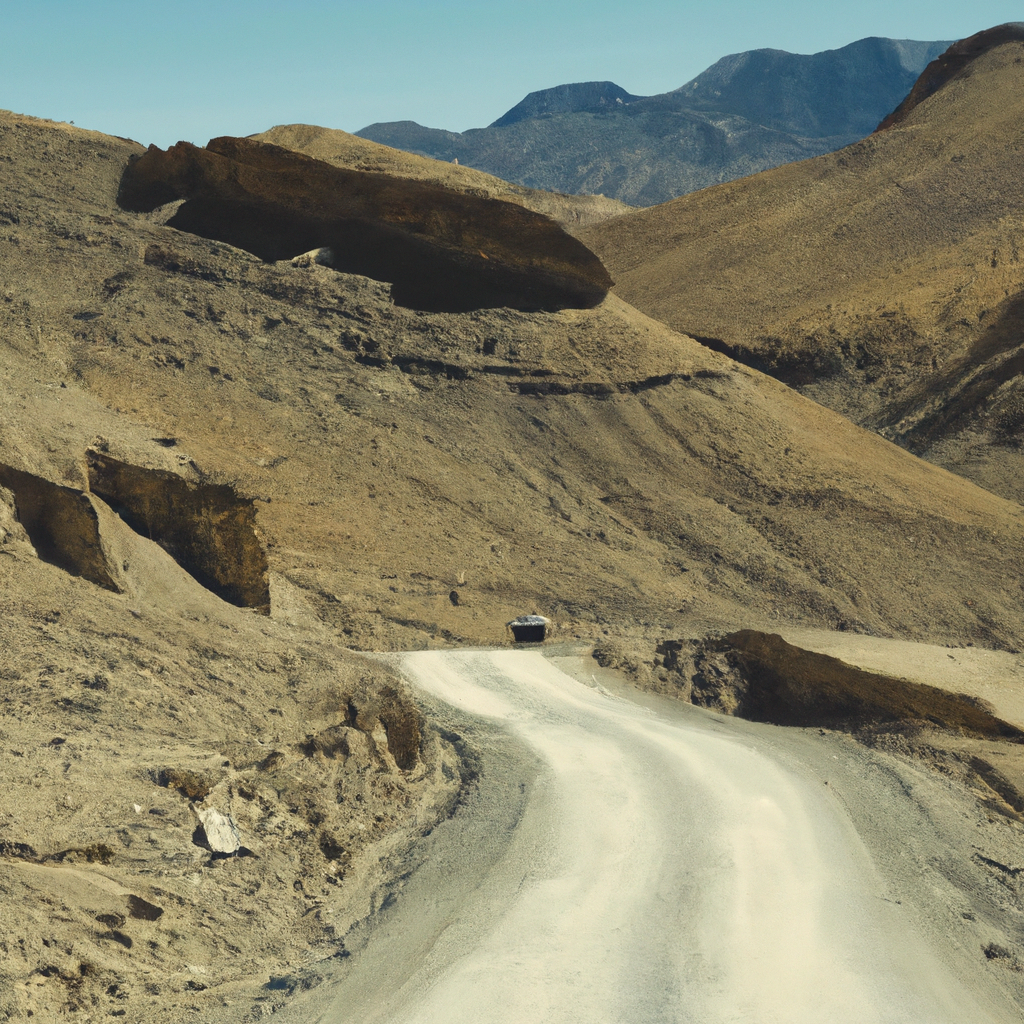-
Table of Contents
Do We Need Oxygen in Spiti?

Spiti Valley, often referred to as ‘Little Tibet’, is a cold desert mountain valley located high in the Himalayas in the north-eastern part of the Indian state of Himachal Pradesh. The name “Spiti” means “The Middle Land”, i.e. the land between Tibet and India. The valley is known for its breathtaking landscapes, ancient monasteries, and unique culture. However, due to its high altitude, the oxygen level in Spiti is significantly lower than at sea level, which often raises the question: Do we need oxygen in Spiti?
Understanding Altitude Sickness
Before we delve into the need for oxygen in Spiti, it’s crucial to understand altitude sickness. Altitude sickness, also known as acute mountain sickness (AMS), is a pathological effect of high altitude on humans, caused by acute exposure to low partial pressure of oxygen at high altitude. It commonly occurs above 2,400 meters (8,000 feet).
- Symptoms: Symptoms of altitude sickness include headaches, nausea, dizziness, shortness of breath, and difficulty sleeping.
- Prevention: The best way to prevent altitude sickness is by acclimatizing, which means gradually allowing your body to adapt to the change in oxygen levels.
- Treatment: If you’re suffering from altitude sickness, the best treatment is to descend to a lower altitude as quickly and safely as possible. Oxygen can also be administered if available.
Oxygen Levels in Spiti
Spiti Valley is situated at an average altitude of 3,800 meters (12,500 feet) above sea level. At this altitude, the oxygen level is approximately 60% of what it is at sea level. This means that your body will get less oxygen with each breath, which can lead to altitude sickness.
Oxygen in Spiti
The need for supplemental oxygen in Spiti largely depends on how your body reacts to the high altitude and low oxygen levels. Some people may acclimatize quickly and not experience any symptoms of altitude sickness, while others may struggle with the change in altitude.
However, The key is to allow your body time to acclimatize to the altitude. This can be done by spending a few days at a lower altitude before ascending to Spiti, and by ascending slowly once you’re in the valley.
Precautions to Take
- Acclimatize: Spend a few days at a lower altitude before ascending to Spiti.
- Ascend Slowly: Once you’re in Spiti, ascend slowly to allow your body time to adjust to the altitude.
- Stay Hydrated: Drink plenty of water to prevent dehydration, which can exacerbate the symptoms of altitude sickness.
- Seek Medical Attention: If you experience severe symptoms of altitude sickness, seek medical attention immediately.
Conclusion
In conclusion, while the oxygen levels in Spiti are lower than at sea level, most people do not require supplemental oxygen. The key to avoiding altitude sickness is to acclimatize, ascend slowly, stay hydrated, and seek medical attention if necessary. Remember, everyone’s body reacts differently to high altitudes, so it’s important to listen to your body and take the necessary precautions.
Read More: How do I go to Spiti Valley from Delhi?



0 Comment